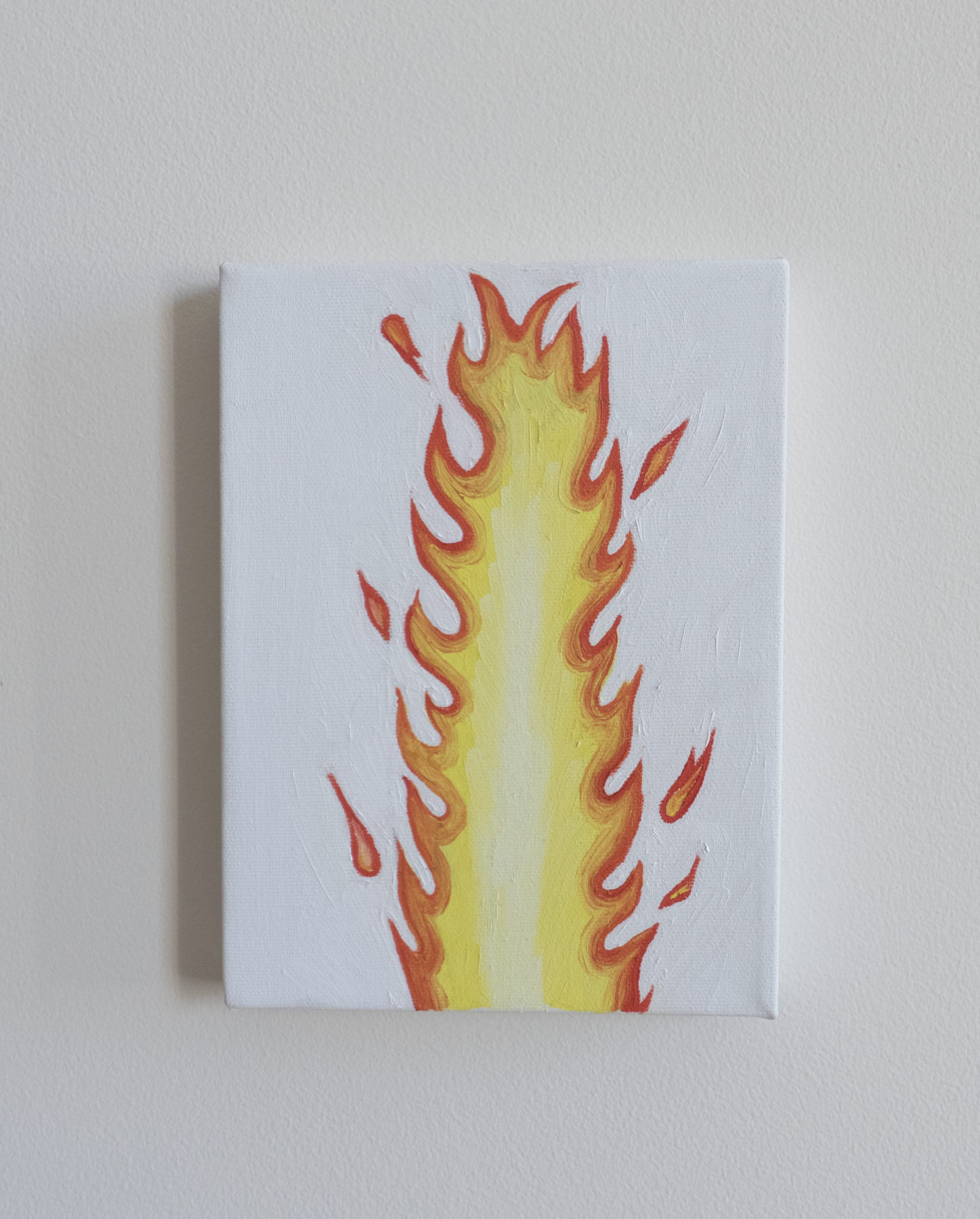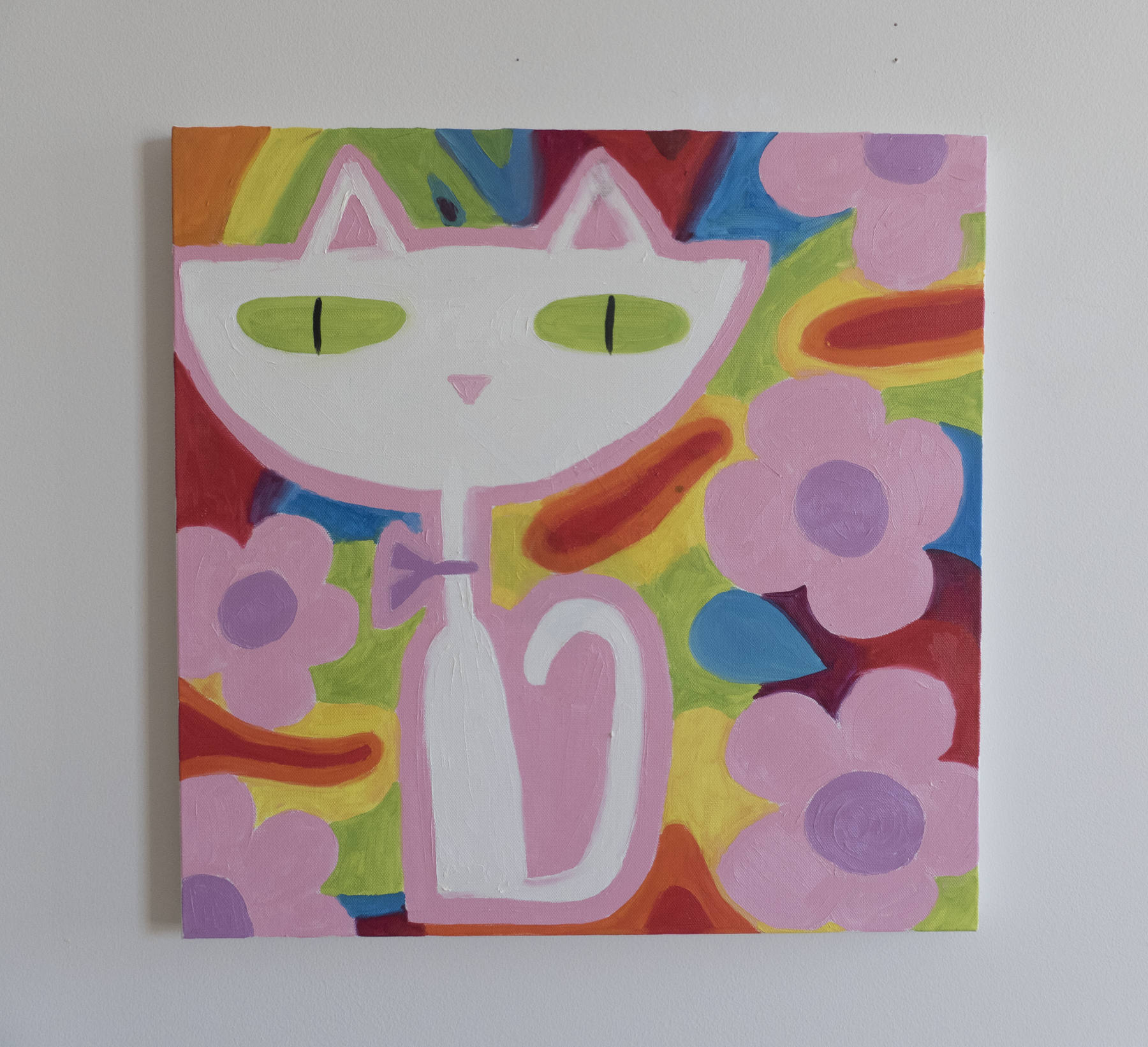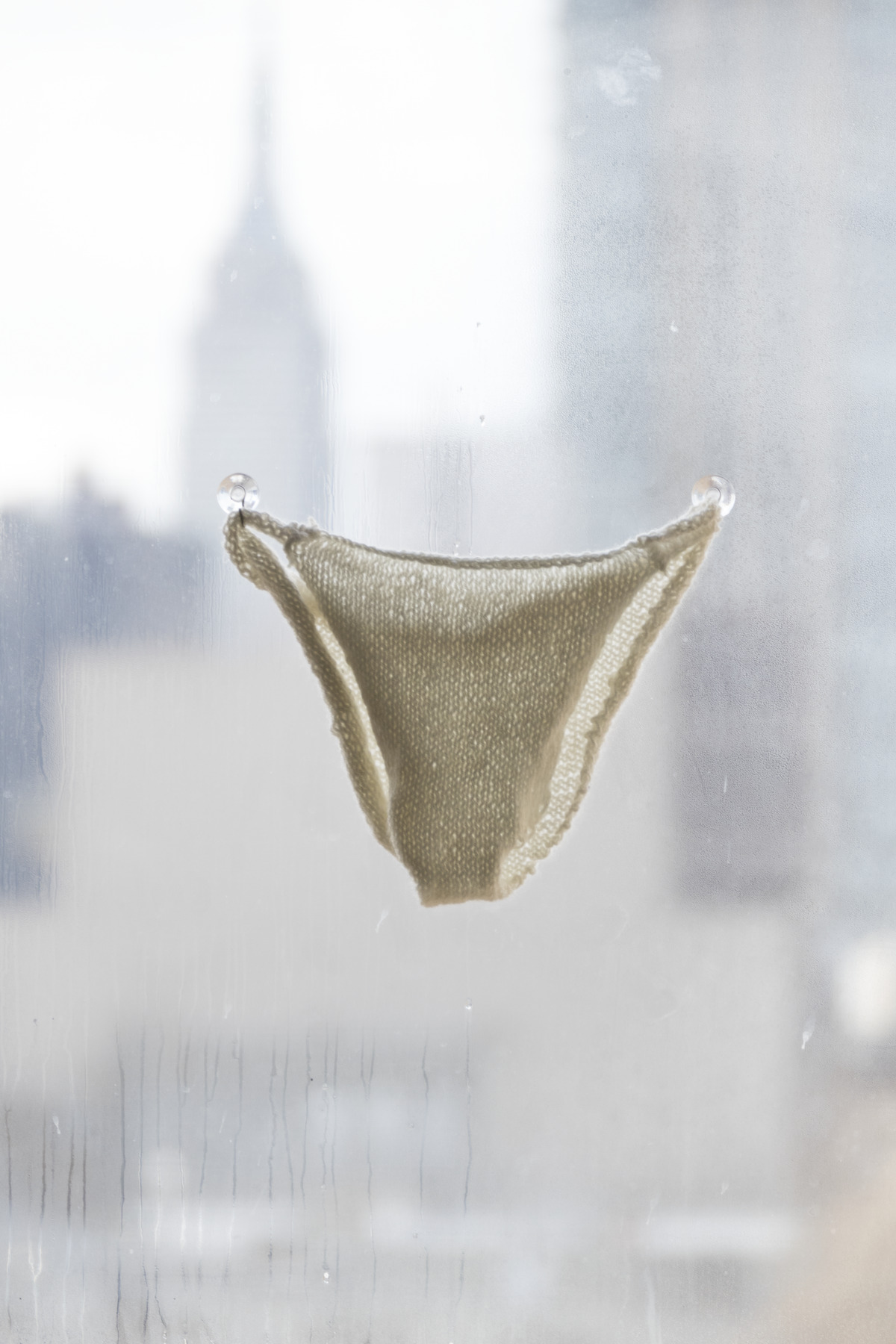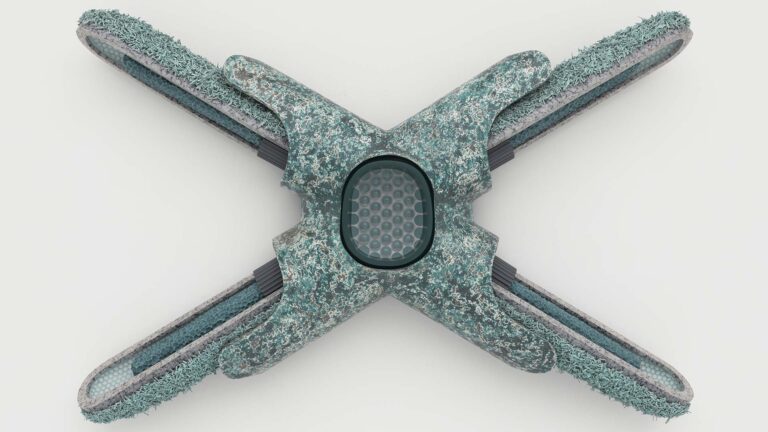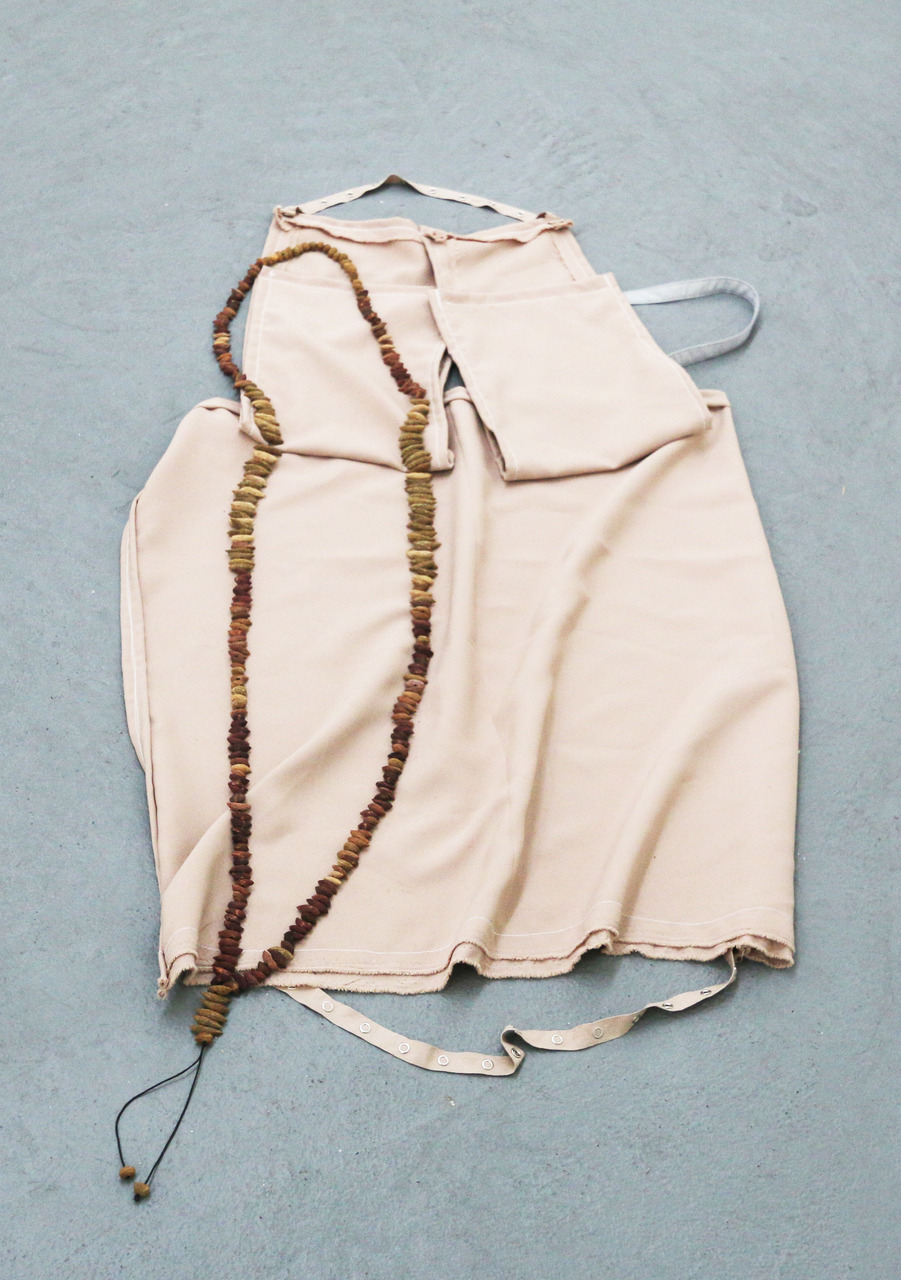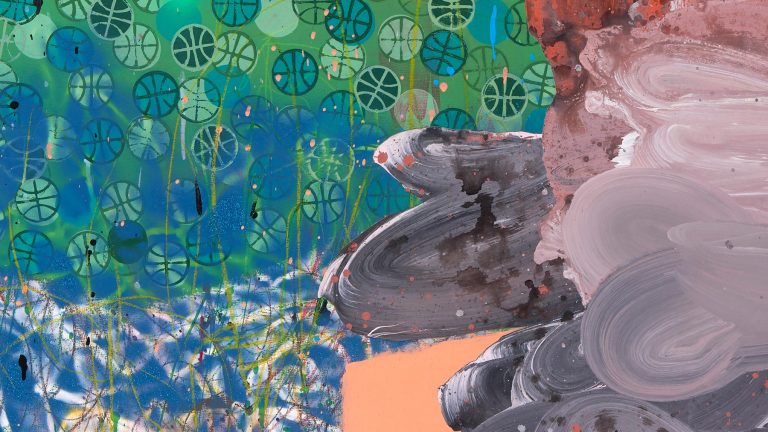Artist: Quintessa Matranga
Exhibition title: Mental
Venue: Goldie’s Gallery, New York, US
Date: February 11 – March 21, 2017
Photography: All images courtesy of the artist and Goldie’s Gallery
What does it mean to interiorize one’s own headspace? Or better asked, how does
one best create a materialization of one’s innermost privacy? This realm existing as our reality-processing tunnel is always unclear. The space for processing never seems to reveal itself in full, and yet its productions are apparent. When we think about the inside of our heads, television depictions of voiceover monologues or miniaturizations of one’s own self, fast at work under the architecture of a squishy pink brain space may come to mind. And still these projections are not to be left unquestioned; they are too stable, borrowing too much from language and the engrained workings of the outside world.
For her solo exhibition at Goldie’s Gallery aptly titled Mental, Quintessa Matranga presents a selection of artworks that will surely stay in mind. Each encapsulates the realm of occupancy in which image, object, and performance become abstracted, reclaimed, and subject to redevelopment by the currents of an intimate personal psychology. This is to suggest that in the world according to Matranga, these are things that have since made their way out of the real and now return rearticulated, with certain idiosyncrasies made by vital time spent wading through memory and history. Concurrent to the exhibition’s title, when the word “mental” is put to question, it is often in line with one’s stray from common sense. To act mental is to let everyday perception deviate into the silly, or in Matranga’s case, into the tastefully stupid workings of what populates one’s own interiority. It could be speculated that forms in this work have taken a sort of unshakable residency in the artist’s headspace. It is kind of like having a song stuck in your head but not being able to really remember the lyrics so you make up your own. Here is a frame of mind in which items from the everyday undertake a domestic presence and become comical and surreal, only further destabilized by artistic inquiry. In bearing with this inquisition, the significance of Matranga’s subjectivity extends beyond its reality function, as the artist demands more from what we see daily.
The painting Amazing depicts a cat in a collar amidst a flowery, technicolor background. The household creature seems divisive. It unloads the aesthetic contents of market friendly girlhood but all the same becomes strange and individuated through painterly gesture. There is a knitted diaper that seems non-tensile, unfit for use. The preciousness of the garment may echo how history can turn common objects into relics, depersonalized and stripped of primary function. Take Eva Braun’s own underwear, which were recently auctioned off for $500, to similar effect. (1) With a privacy objectified by public space, what is personal becomes commodified yet still, it remains ill fit for pragmatist consumption.
In this exhibition there is also something of a surprise performance, conceived by Matranga but carried out by someone else. It involves a less likely television presence, which works surely to the opposite of rotting our brains. However perhaps this is best kept private for the time being, better left to its moment of execution. It should be public knowledge, then in contingency with the rest of the works, that Matranga’s ability to think out loud eludes a singular form, unrivaled in its versatility.
– Marc Matchak, 2017

